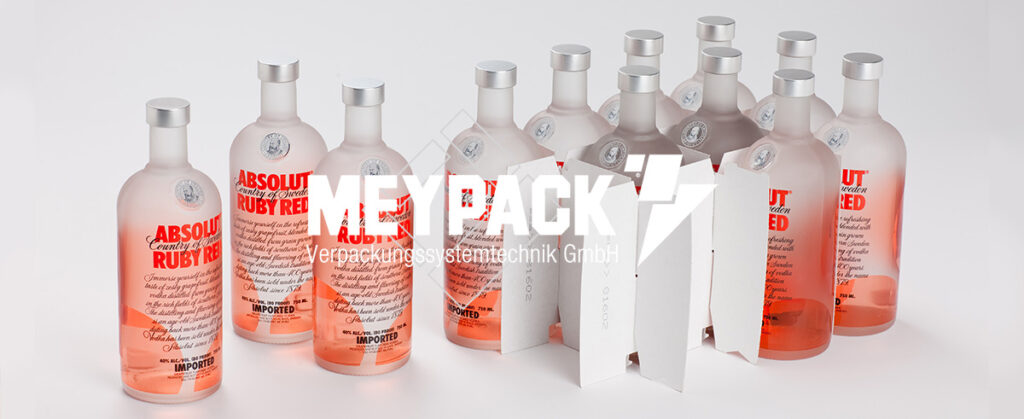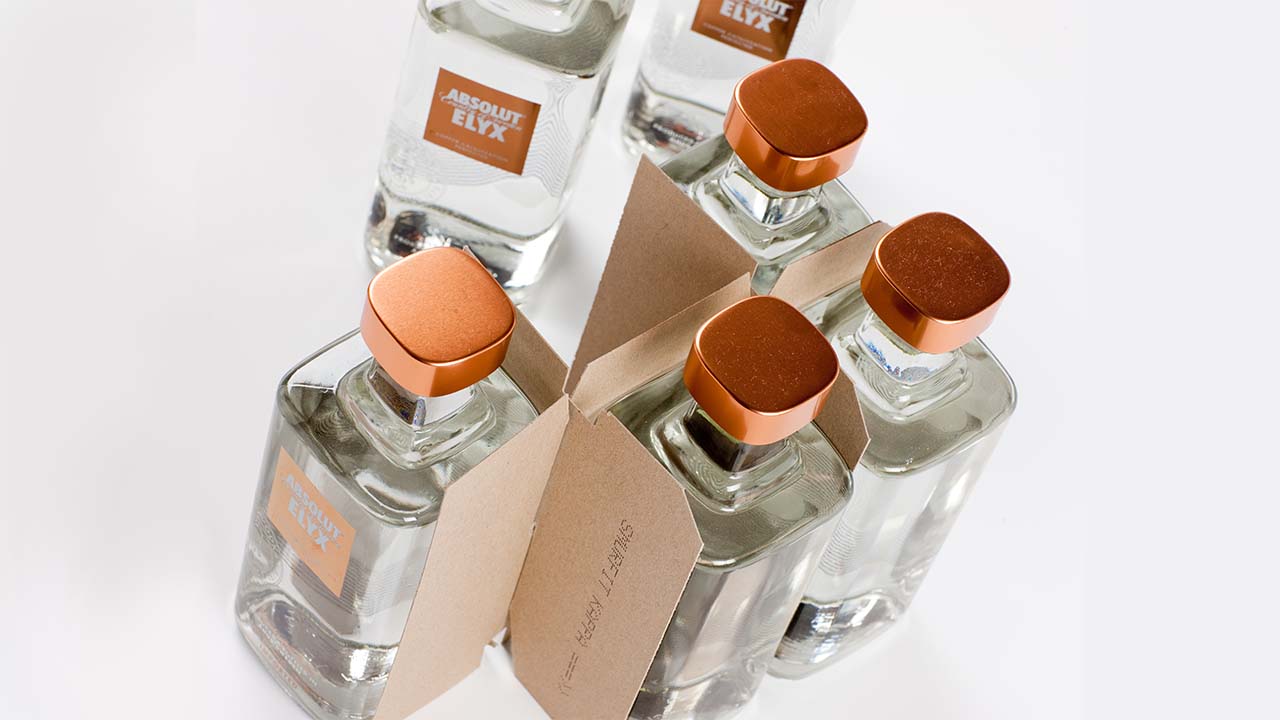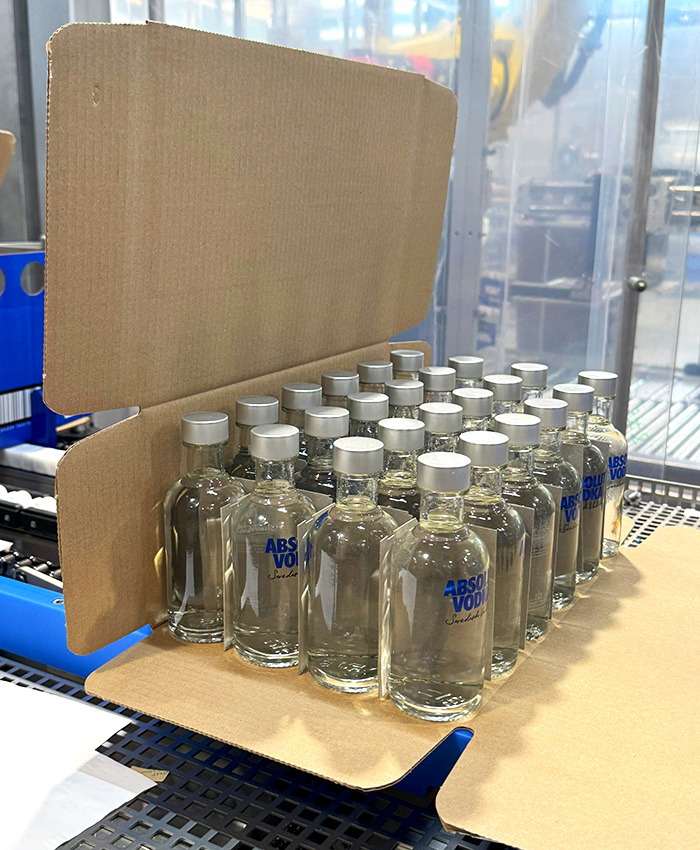 Add My Company
Add My Company

The Role of Partitions in Wrap-Around Cases
Partitions play a pivotal role in organising wrap-around cases by dividing the internal space into manageable sections and providing protection to individual products. This segmentation allows for better protection of products, ensuring they remain safe and secure during the transportation within the logistic chain. Whether you're producing high value products in round or shaped containers, which could be etched, embossed or labelled, using partitions will ensure they arrive safe and without risk of damage at the final point of sale.
Moreover, partitions can be customised to meet the specific needs of the user. Meypack provide full assistance and consultation when developing and designing pre-fabricated partitions allowing the case to adapt to different items and scenarios. This adaptability makes partitions an essential feature for anyone looking to maximise the utility of their wrap-around case.
Benefits of Using Partitions for Optimal Product Protection
Using partitions in wrap-around cases brings several key benefits. Firstly, they provide essential product protection against label or glass damage from preventing containers to come into contact with each other. This protection from the partition is designed to ensure that the products can travel through the logistic channel without risk of damage to either the container itself or the bottle labels.
Meypack use a well proven and indsutry trusted system of extracting the pre-fabricated partitions from a magazine, squaring it, and placing into the product formation at speeds up to 25 cycles per minute. By using multiple partition inserters it is possible to achieve packing speeds in excess of 60 wrap-around cases per minute.
Methodology of using pre-fabricated partitions
The magazine for the divisions is positioned above the infeed conveyor. A prefabricated partition is extracted from the partition magazine, opened by vacuum cup mechanism and positioned on a set of gripping fingers. When the product formation passes a light barrier a second gripping finger mechanism takes the opened prefabricated partition, moves at the same speed as the product formation and inserts the partition with a vertical movement positively into the pack formation.
At this point with the product formation and pre-fabricated partition correctly positioned, they are transferred into the wrap-around case for folding/gluing and compressing in the following stage.
Materials and Techniques for Effective Partitions
The choice of materials is crucial for creating durable partitions. Common materials include solid board cardboard and Meypack provide expert assistance in ensuring that the design, function and protection characteristics of each partition is suitable for the application required.
We work with all commercially available materials and suppliers and can advise on design where necessary to ensure seamless functionality within our machine systems.
Case Studies: Successful Partition Implementations
One notable example of successful partition implementation is seen in the alcoholic beverage industry, where manufacturers have incorporated pre-fabricated partitions into wrap-around cases to create effective packaging solutions, especially if shipping product cases over long distances, through complex distribution channels or just to protect the bottle ensuring it reaches the end customer in perfect condition.
Providing protection of glass bottles and ensuring that they retain high-quality visual appearance by the end customer is essential to protecting brand quality and value. By examining these and other case studies, we can gain valuable insights into the best practices for designing and implementing effective partitions in wrap-around cases.
Contact us on 01473 893990 or at email@penn-packaging.co.uk or click here for more information.
For more information on Penn Packaging > Meypack: How to Optimise Wrap-Around Cases with Partitions talk to Penn Packaging Limited



